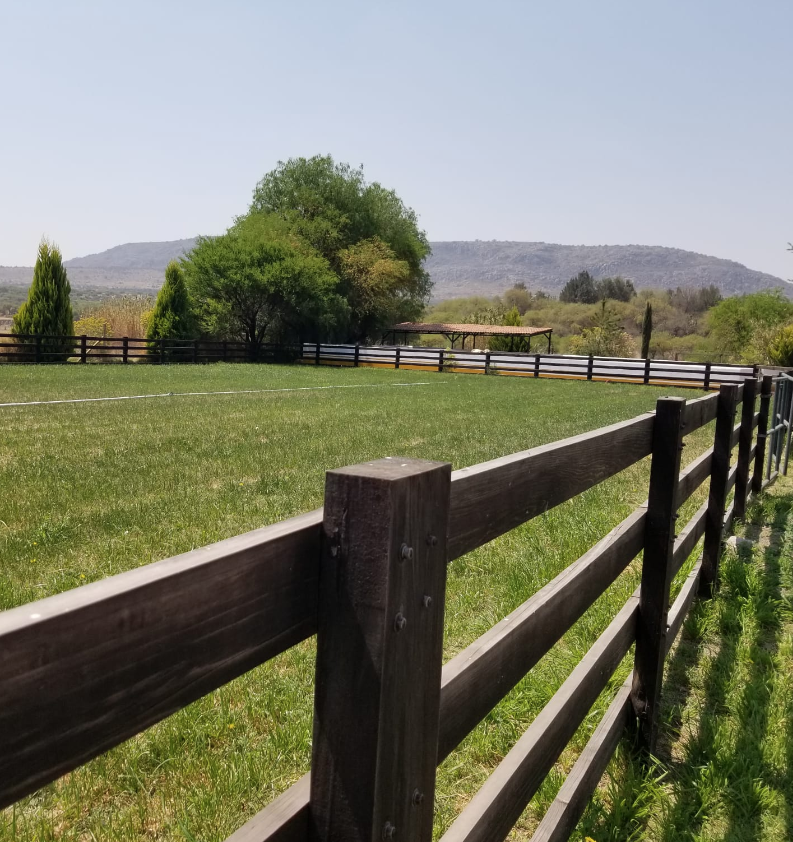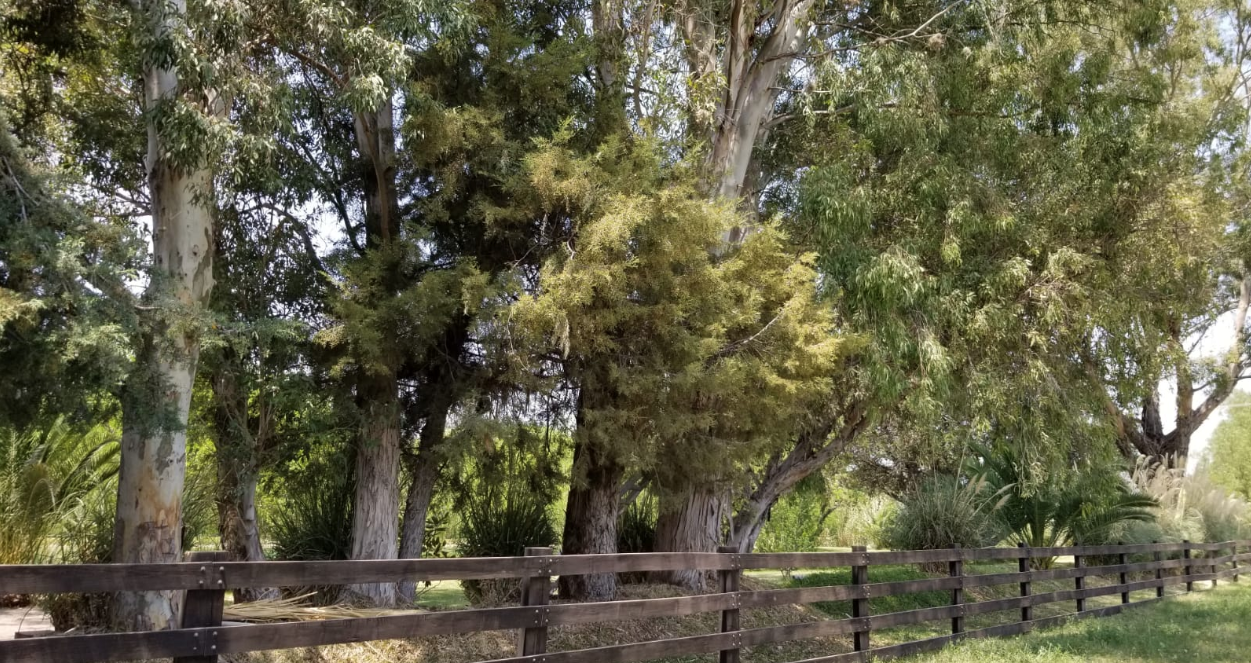Who is Creating The Indigenous Cultural Center of San Miguel de Allende?
The ICCSMA is being created in collaboration with the Huichol Center for Cultural Survival and Traditional Arts which was founded in 1980 by anthropologist Susana Valadez. Located in Huejuquilla El Alto, the town closest to the Huichol’s remote Sierra Madre Mountain homeland in Jalisco, the Huichol Center (www.thehuicholcenter.org) has been very successful in strengthening Huichol communities, through native arts programs, sustainable agriculture, and indigenous education based on anthropological research.
Meet the Center Director and the Huichol Center mission in this two-minute video.
The Huichol Center non-profit organization was nominated for the Nobel Peace prize in 2019.
The Huichol Center in Huejuquilla el Alto, Jalisco
The Indigenous Cultural Center of San Miguel de Allende will house the Huichol Center’s vast Ethnographic Archive, including historic and contemporary artifacts and research. This extensive collection, fifty years in the making, is unique on the planet and will be enjoyed by visitors from all over the world. In addition to displaying the Huichol Center Collection it will celebrate and support local indigenous cultures in the region including Otomi, Chichimeca, Nahua, Purépecha, and more.
An important function of the Center in San Miguel de Alende will be to encourage indigenous youth to value their heritage and language and sustain their cultures for posterity.
What is the specific vision for the Center in San Miguel?
The Indigenous Cultural Center of San Miguel de Allende will include:
-

A multifaceted interactive museum and educational center
-

A permanent home to safeguard the Huichol Center’s Ethnographic Archive
-

A sustainable agriculture model that demonstrates ancient and modern farming methods including permaculture, water conservation, floating gardens, cactus propagation and more
-

Workshops featuring talented artists offering classes in native arts, symbolism, music, indigenous cuisine, permaculture, and many other skills
-

A restaurant offering indigenous cuisine and cooking classes
-

Classes of native plant foods and folk medicines
-

A children’s activity and learning center
-

An annual Indigenous Arts Market
The Huichol Center has already created the content for the museum exhibitions, including a curriculum featuring books and activities for the children’s center, recipes for the restaurants and classes, and hands-on programs for participants to create native art and jewelry.
The mission of the Indigenous Cultural Center of San Miguel de Allende is to demonstrate to the world the need to understand the vital importance of preserving indigenous cultures, wisdom, languages, and arts. Every aspect of the Center will promote education, enlightenment, and inspiration towards this goal.
THE DESIRED LOCATION OF THE INDIGENOUS CULTURAL CENTER OF SAN MIGUEL DE ALLENDE
We have located an ideal property for the Indigenous Cultural Center of San Miguel and are raising funds to acquire it.
The nineteen-acre property is located on the Dolores Hidalgo Highway, eight miles north of San Miguel, and next door to a popular winery. It sits right on the Rio Laja, the main watershed for the entire area.
The property is fully developed with a deep well, gas, electricity, irrigation, and a large lake where the sustainable farming technique of Aztec floating gardens, chinampas, will be taught.
Existing buildings on the property can be easily converted into a base of operations and exhibit design offices while other planned buildings for the Center are under construction.












How will the Indigenous Cultural Center of San Miguel de Allende be Financed?
The Indigenous Cultural Center of San Miguel will be a non-profit organization with appropriate credentials in both the U.S. and Mexico. The Huichol Center has both an A.C. in Mexico and a 501-c-3 in the United States and is acting as the fiscal agent for the ICCSMA, while our applications for non-profit status are pending.
With more than twenty income-generating components, once it is fully operational, the Center will generate sufficient revenues to:
Sustain its operations
Create a Foundation for the Support of Indigenous Communities (FSIC)
We are currently preparing a business plan that will appeal to donors who care about preserving the planet and saving indigenous cultures and language from extinction.
Some sources of revenue will include:
Admission fees
Shops and galleries
Workshops and classes
Restaurants
Public and private events
Traveling exhibitions
Sale of digital information, classes, workshops, and exhibitions (much of it already created) to schools, colleges, art galleries, and museums
The substantial capital required to acquire and create the San Miguel Campus will be raised through a combination of grants and donations. Our operational budgets for various stages of development are currently being created and available upon request.
What are the Immediate Needs for the Project?
The budget for Phase One: strategic planning, major capital fundraising, and development is $120,000 USD.
We plan to raise these funds through a combination of gifts from Angel Investors, donations from members of the Founders’ Circle, and fund-raising activities and campaigns.


